Dear Madam President,
With the 40th anniversary of Arthur Ashe’s upset Wimbledon victory against Jimmy Connors drawing near, I feel the need to share my thoughts on Arthur’s overall strategy and court tactics in that match, his impact on the sport during that era and how the game has changed for the worse since then.
No. 6 seed Ashe, then 31, was a heavy underdog when he startled 22-year-old Connors 6-1, 6-1, 5-7, 6-4 in the 1975 final of the game’s premier grass court event. In the previous year, World No. 1 Connors captured three of the four major events, Australian Open, Wimbledon, U.S. Open – all grass court events that year. He did not play the French Open, the ATP Tour’s lone major clay court event.
In a recent pre-Wimbledon interview, tennis greats Chris Evert and John McEnroe reflected on the significance of Ashe’s startling conquest of defending champion Connors. A three-time Wimbledon champion Evert said, “It seemed to me that Arthur just played a cerebral game, just breaking up the rhythm of Jimmy, giving him a lot of junk and slices, not letting Jimmy play his own game. (Arthur) just played a very smart match.”
“That’s absolutely true,” added McEnroe, also a three-time Wimbledon champion. “This was a huge moment because there was talk, in some ways there still is, ….. that black men or women were great athletes, but they weren’t the thinkers of whites. The mere fact that he out-strategized and out-thought Jimmy was significant, that a black player in a white man’s game …. was able to out-maneuver him and fool him and surprise him. It was extremely surprising because it almost seemed like Jimmy was unbeatable……That was a pretty big moment for our sport.”
I had the privilege of competing against Arthur in several high school singles matches, including the 1960 Negro State Championship final in Virginia. I played for Phenix High in Hampton, Va.; he played for Maggie Walker, in Richmond, Va. That Arthur became a world class tennis champion and I became a sports journalist says all that needs to be said about the scores of those matches, so don’t ask.
During most of his career, Arthur, who won the inaugural U.S. Open in 1968, was the lone U.S. black on tour. His success, however, prompted other young blacks to try what the USTA proudly dubbed ‘the sport for a lifetime. ‘ Chip Hooper, Marcel Freeman, Rodney Harmon, Juan Farrow and Todd Nelson were among the first wave of black males to earn top 100 pro rankings.
As a Newsday sports writer, I wrote a feature story and a commentary about Arthur’s early development. Later, I became one of the paper’s pro basketball beat writers, covering the New York Nets with Julius “Dr. J.” Erving, the team’s superstar. When Nets coach Kevin Loughery and assistant coach Rod Thorn, then avid tennis players, learned of my tennis background, they urged me to bring my racket on road trips. We played doubles in our free time, giving me extra one-on-one time with the coaches. Bob Goldsholl, a New York-based television reporter, completed the foursome. During our post-match beer sessions, the conversation often focused on Arthur’s status as the game’s lone black star. Invariably, we concluded that many more blacks, including the gifted athletes, soon would join or follow Ashe as tennis’ superstars.
“Once guys like Dr. J. start playing tennis, blacks are going to dominate the sport,” Thorn said.
I shared Thorn’s conviction, but through the passing years his prediction has become a dream deferred. Since Arthur reigned at Wimbledon 40 years ago, Hooper (No. 17), MaliVai Washington (No. 11), a 1996 Wimbledon finalist, and James Blake (No. 4) are the only black males to reach the Top 20 during their careers. By comparison, black women pros, led by No. 1 Serena Williams, former No. 1 Venus Williams, No. 4 Zina Garrison, No. 6 Chanda Rubin and No. 9 Lori McNeil and others have excelled.
Arthur was a serve-and-volleyer, a style that forms a complete player, i.e, one who is capable of hitting every shot – slice, topspin, drop-shot, punch volley, lob, overhead – from any place on the court with confidence and accuracy. I learned to play tennis in the late 1950s, at a time when great serve and volleyers, including Australia’s Rod Laver, Pancho Gonzales, Althea Gibson, Billie Jean King and Australia’s Margaret Smith Court, dominated the game, especially on grass and hard surfaces. The second wave of all-time great serve-and-volleyers including Ashe, Stan Smith, John McEnroe, Martina Navratilova, Boris Becker, Pete Sampras and Stefan Edberg, surfaced in the 1970s and 1980s Unfortunately, their aggressive style now looms as a distant memory.
Wimbledon begins Monday with future legend Roger Federer, a part-time serve-and-volleyer, Great Britain’s Andy Murray and rising stars Milo Raonic of Canada and Grigor Dimitrov of Bulgaria among the handful of other part-time serve and volleyers. Baseliner Serena Williams is a heavy favorite to win her 21st major title and the third leg of the Grand Slam, which goes to the player who wins, the Australian Open, French Open, Wimbledon and U.S. Open in the same calendar year.
In the last 30 years, coaches at tennis academies and those giving private lessons, apparently have focused solely on producing baseline automatons, players who bang the ball boldly from the baseline and venture to the net only when forced to do so. Nearly all pre-teens are taught the two-handed backhand because most lack the strength to hit the backhand stroke with one arm. At age 11, Sampras’ coach, Robert Lansdorf, pushed Sampras to switch from a two-handed backhand to one hand, a move that surely led him down the path to greatness. Sampras controlled most of his matches with a dominating first serve, crisp punch volleys and the ability to smack winners from anywhere on the court. Most serve-and-volley great champions had comparable strengths and used similar tactics.
In his match against baseliner Connors, an accomplished counterpuncher, Arthur knew that pace would be his enemy, so he hit short angles, mixing in an occasional drop-shot, forcing Connors out of his comfort zone, away from the baseline. Keeping Connors off-balance and in unfamiliar territory was Arthur’s goal and it worked only because Arthur had a variety of shots in his arsenal and Connors did not.
This is not to suggest that baseliners can’t be great champions. The best of the baseline grinders include Connors, Bjorn Borg, Chris Evert, Andre Agassi, Steffi Graf, Rafael Nadal, Novak Djokovic and Serena Williams. By the way, Serena and her sister, Venus, I believe, would have won many more major titles had they been taught the serve-and-volley game as young teens.
Several of the most memorable Wimbledon finals in tennis history pitted the game’s best serve-and-volleyers against brilliant baseline titans. Those Wimbledon final classics include: Borg vs. McEnroe (1980) Connors vs. McEnroe (1982) and Agassi vs. Goran Ivansivec (1992). Wimbledon and the other three major events have become major international events on the sports world’s annual calendar. They are rich in history and tradition. People will watch them – in the stadiums and on television – because they are there, even the attacking style of play no longer is a major part of the show. Clashes between players with contrasting styles generated creativity, artistry and high levels of energy between the combatants and a higher level of excitement among fans in the stands. I miss that.
I’m sharing my thoughts on the matter with you, Madam President, because I believe that the 19-year-old rookie pro who kept No. 4 seed Chris Evert backing up on her heels during the first set of a 1998 Wimbledon fourth round might appreciate my passion for the attacking style of play. I watched that match from a courtside seat on Court No. 2, Wimbledon’s infamous den of upsets, envisioning ‘Rookie Upsets Evert at Wimbledon,’ headlines in London’s tabloids the next day. You rattled the Ice Maiden quite a bit, Madam President, but the Ice Maiden spoiled your doused your dreams.
Some say the high-tech rackets have made the baseliners ground-strokes too powerful to attack, but I’m not convinced. If the USTA or any of the nation’s tennis academies made a commitment to train some of their juniors – especially the tall, lean and athletic ones – to become complete players, we’d have more serve-and-volleyers claiming major titles. John Isner (6’ 9”), Mardy Fish (6’ 2”) or Sam Querry (6’ 6”), might have won each might have won one major by now – if they had been developed as serve-and-volleyers instead of lanky baseliners. Among the women, Serena probably would be vying for her 31st major title, instead of her 21st and her sister, Venus, with seven, certainly would be well into double figures by now.
I hope that you will consider my points. Volley them around a bit with board members, former pros and coaches, including Martin Blackman, who now heads the USTA Player Development Program. I saw him play at an indoor event in Philadelphia many years ago. He, too, knows a bit about the attacking game.
All the best,
Doug
P.S. Your selection as the first African American president and chief executive officer of the governing body of tennis in the United States was accepted with little rancor or fanfare, which, I believe, speaks to the high regard that the nation’s tennis family holds for you as a talented leader and get-the-job-done personality. Having a former pro as the game’s head honcho for the first time is a welcomed change of pace, as well. In my view, you presidency represents a special milestone in tennis history. Congratulations.
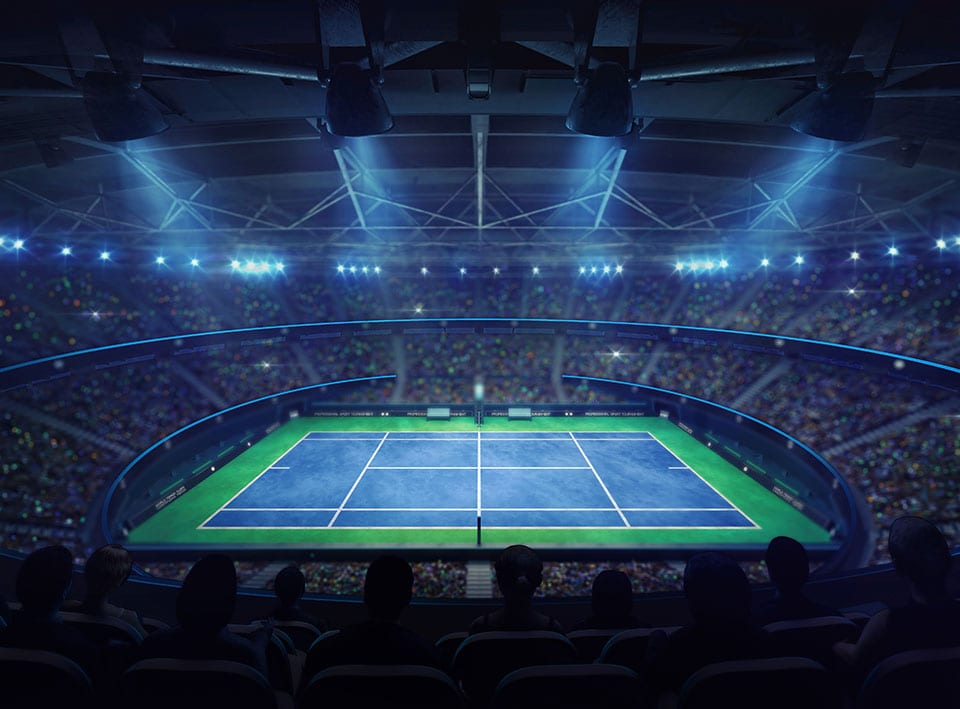
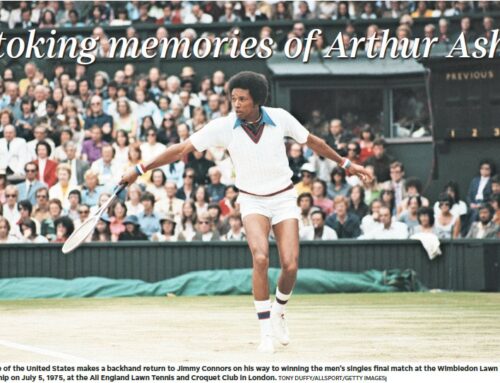
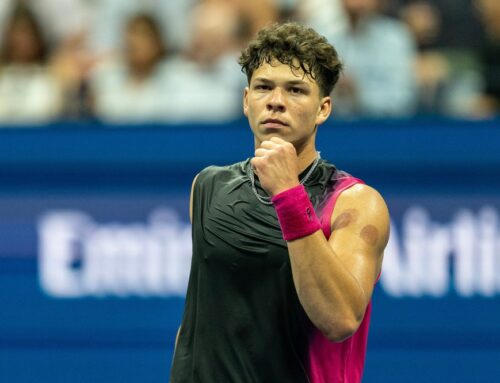
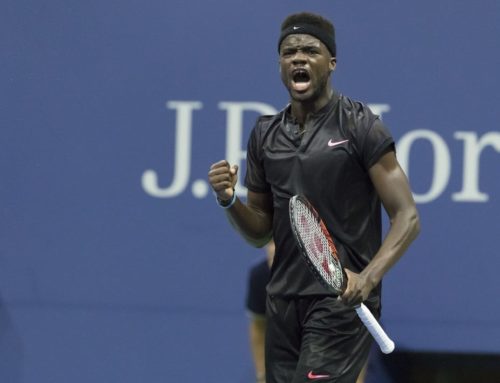
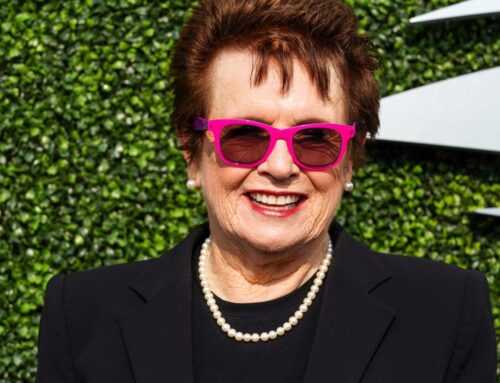
Leave A Comment